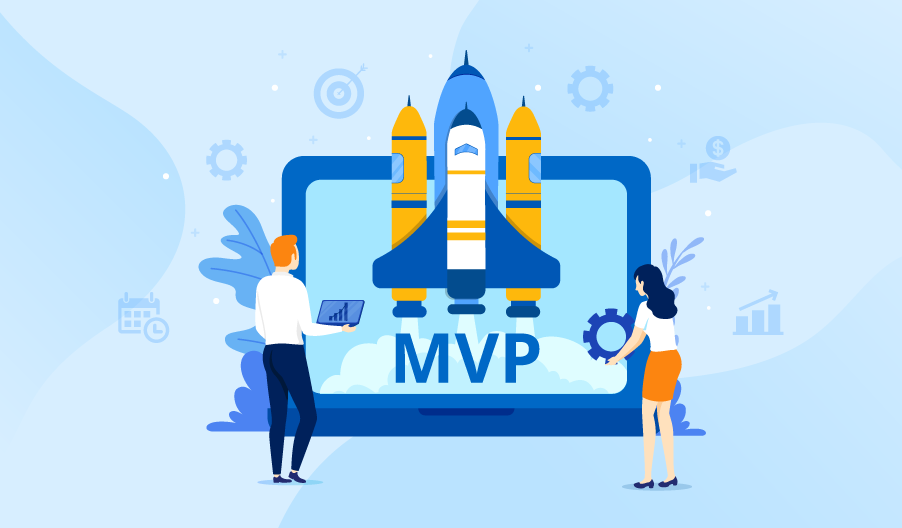Introduction
In the world of software development, embarking on a successful project requires a systematic and well-organized approach. MVP (Minimum Viable Product) development, coupled with a thorough project discovery phase and effective software documentation best practices, forms a powerful trio that leads to project success. This article explores the significance of MVP development, the importance of the project discovery phase, and best practices for software documentation.
Understanding MVP Development
MVP development is a strategy that focuses on building a basic version of a product with essential features. It allows developers to quickly test the product’s viability, gather user feedback, and make informed decisions for future iterations.
Advantages of MVP Development
MVP development offers several advantages, including reduced development time and costs, early validation of product assumptions, faster time-to-market, and the ability to adapt the product based on user insights.
Leveraging MVP Development for Success
By prioritizing core functionalities and releasing a minimal version, MVP development helps startups and businesses validate their ideas in the real world. It serves as the foundation for continuous improvement and product evolution.
Project Discovery Phase: Laying the Groundwork
What is the Project Discovery Phase?
The project discovery phase is an essential step at the beginning of a project where stakeholders, developers, and designers collaborate to define project goals, requirements, and constraints. It sets the project’s direction and ensures a shared understanding among all involved parties.
The Importance of the Project Discovery Phase
The project discovery phase is crucial for project success as it helps identify project scope, risks, and potential challenges. It aligns all stakeholders, streamlines communication, and minimizes misunderstandings during the development process.
Key Components of the Project Discovery Phase
The project discovery phase involves conducting market research, gathering user requirements, defining project objectives, creating a project timeline, and outlining the project’s scope and deliverables.
Software Documentation Best Practices: A Pillar of Success
The Role of Software Documentation
Software documentation is a critical aspect of the development process. It involves capturing project requirements, design decisions, implementation details, and guidelines for maintenance and troubleshooting.
Essential Elements of Comprehensive Documentation
Comprehensive software documentation includes project specifications, architectural diagrams, code comments, user manuals, API documentation, and test plans. It provides a roadmap for future development and fosters collaboration among team members.
Best Practices for Effective Software Documentation
Adhering to best practices such as version control, consistent naming conventions, regular updates, and collaboration tools ensures that software documentation remains accurate, up-to-date, and accessible to the development team.
MVP Development, Project Discovery Phase, and Software Documentation: A Recipe for Success
Validating Ideas with MVP Development
MVP development allows businesses to validate their ideas and assumptions in the real market. By releasing a minimal version, they can gather feedback, identify pain points, and iterate based on user needs.
Setting the Course with Project Discovery Phase
The project discovery phase lays the foundation for a successful project. It helps define clear project goals, requirements, and constraints, enabling a smooth development process.
Ensuring Long-term Success with Comprehensive Documentation
Comprehensive software documentation serves as a valuable asset throughout the project’s lifecycle. It facilitates knowledge transfer, improves collaboration, and ensures that the project remains maintainable and scalable.
Conclusion
In conclusion, MVP development, the project discovery phase, and effective software documentation best practices are essential components for successful software projects. By leveraging MVP development for early validation, conducting a thorough project discovery phase, and prioritizing comprehensive documentation, development teams can navigate challenges and deliver impactful and successful projects.
